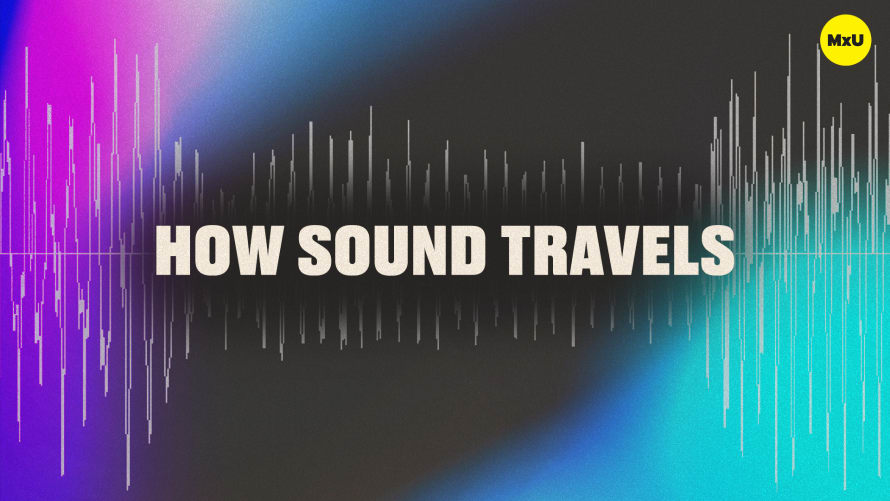Amplitude and Measurement of Amplitude


Continue watching
Sign up to continue watching Amplitude and Measurement of Amplitude
Pricing
Starting at $19.95 /mo
More in MxU
When we hear amplitude, we might just think about how loud or quiet something is. In this video, we learn about the different ways that amplitude can be measured, what is being measured, and why you would choose to use one amplitude meter over another.
Key Points:
Key Points:
- Amplitude is the relative combination of compressions and rarefactions in a sound wave. The size of the compression and rarefaction is what determines the loudness of the sound.
- Taller compressions and rarefactions result in louder sounds, whereas shorter compressions and rarefactions result in softer sounds.
- There are 3 ways to meter/measure Amplitude:
- Peak: Measures the relative loudness (the loudest point of the sound wave).

- Peak to Peak: Measures the total distance from the compression to the rarefaction.

- RMS (Root-Mean-Square): Measures the average of the compression and rarefaction. It measures the total distance from the compression to the rarefaction and divides it in half.
Pro Tip: Different meters bring different value when it comes to measuring amplitude.
- Peak and Peak to Peak meters are super useful in the recording studio where it is extremely important that transient instruments (like the drums) are not peaking during tracking. These meters offer precise measurements to help eliminate distortion.
- RMS meters are the most useful when recording less transient instruments (like woodwinds and bass) and when mixing for playback. (*Cool fact: Humans hear sound in averages, not peaks. So, RMS is the metering that is the closest to the way that humans hear.)
This video is part of a series we filmed back-to-back. Check out the previous video or watch the entire series in the Intro to Audio Fundamentals playlist.









